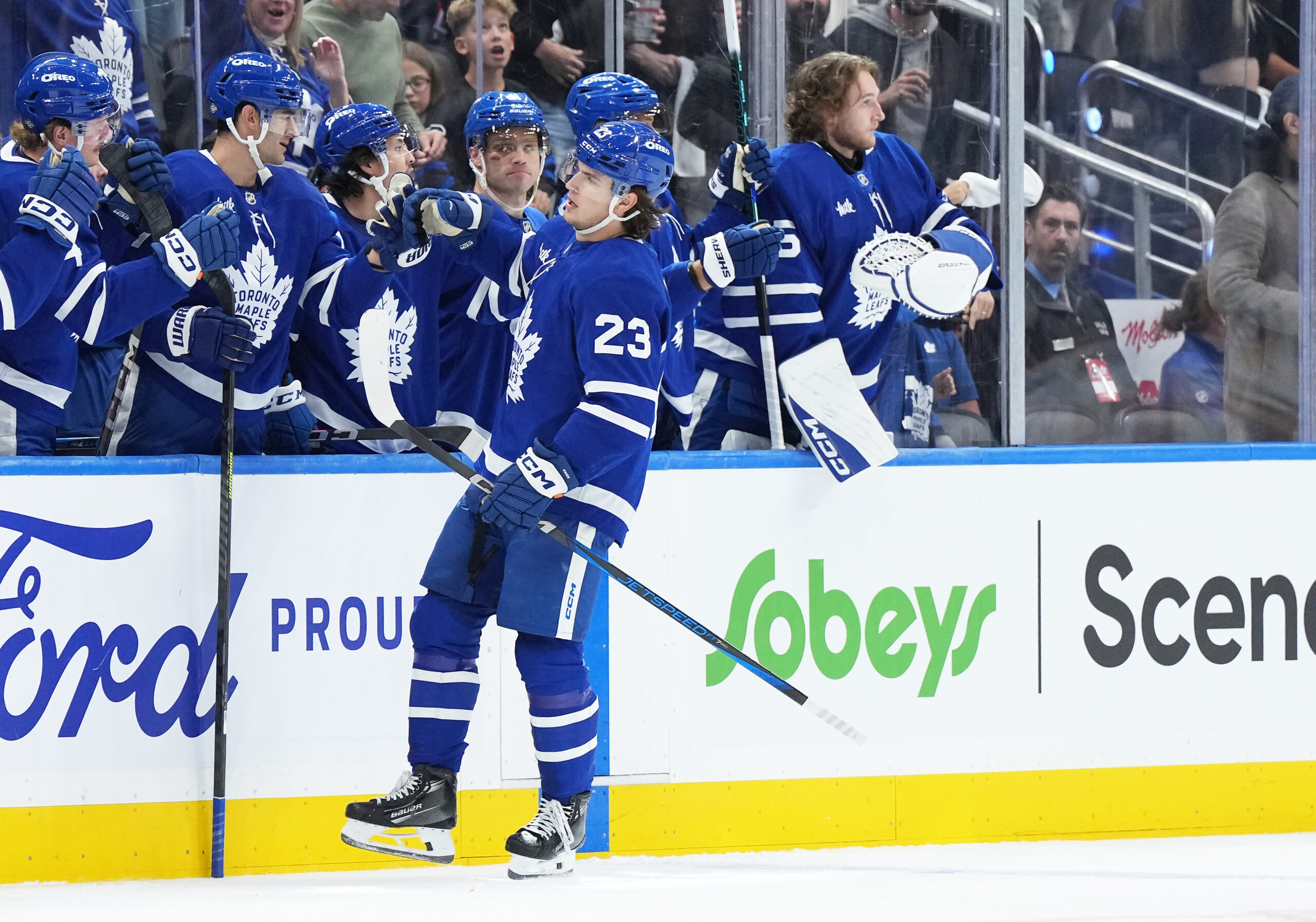It’s good to be back!
I wanted to quickly start off by thanking everyone for all the kind words and well wishes. My wife and I really enjoyed reading through your nice messages, which are very much appreciated and meaningful to us.
Onto the Leafs, who have a 7-5-2 record through 14 games, the same record the team posted through 14 games last season.
That is a reason not to overreact to a middling start, but it is frustrating that they have yet again got off to a slow first month instead of grabbing the division by the throat right out of the gate. We repeat it every year—winning the division gives the team an easier path in the playoffs, and it matters more in the toughest division in the league.
However, how they arrived at the same 7-5-2 record was vastly different this season.
Last season, the Leafs recorded a negative goal differential (-3) through 14 games and rode a hot power play that started the season at 29.6 percent, along with back-to-back Auston Matthews hat tricks and a ridiculously hot start from William Nylander.
The first month of this season has been very different. The power play has actively hurt them so far, save for their recent win over Boston, clicking at just 14.59 percent overall. They are scoring less overall, and Auston Matthews hasn’t taken off (and is now hurt). Yet they have the same record and a positive +4 goal differential because other areas of their game have developed and are worth highlighting.
The Good: Goaltending
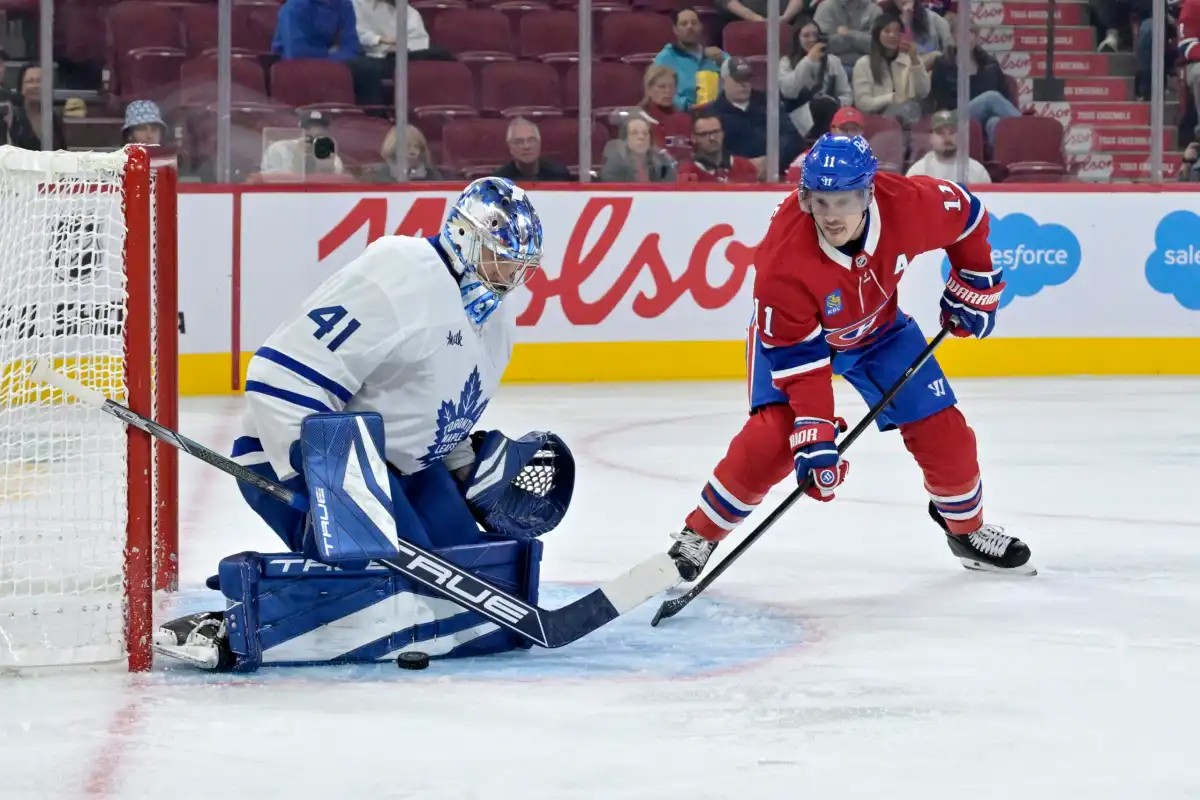
Last season, the Leafs ranked 24th in 5v5 save percentage. This always represented the biggest and potentially easiest path for improvement on the team, and so far, it has come to fruition.
A big part of the goaltending outlook in the summer was Joseph Woll, who the team prematurely extended in the offseason. He was solid in 25 games last season and showed well in the playoffs for the second straight year. He’s clearly talented, and the bar was so low last season—considering the poor goaltending they generally received—that he didn’t really have to do much to improve the situation in net.
So far, it hasn’t really played out as hoped with Woll. He got hurt immediately and has played in just three of 14 games with a .892 save percentage, which I’d argue understates his play. That said, Woll hasn’t played enough to make an impact. He hasn’t been the guy so far.
Instead, Anthony Stolarz has played in nine of the team’s 14 games and has driven the team’s seventh-ranked 5v5 save percentage. Stolarz has a .928 save percentage so far and is 5-2-2. His numbers are in line with his output in Florida last season, but the question for him is how his game holds up over time as the starts pile up. This will be the elephant in the room until he proves he can handle a starter’s workload.
The good news is that Stolarz doesn’t need to be a full-fledged starter on this team. Woll is a talented tandem partner, and the Leafs can platoon their tandem all season to keep both fresh, assuming they stay healthy.
I’m not ready to declare that the Leafs will receive top-10 goaltending throughout the season as they have thus far, but they should at least get league-average goaltending overall. That alone is a significant step up from the netminding of last season and is a genuine reason for optimism.
The Good: 5v5 play
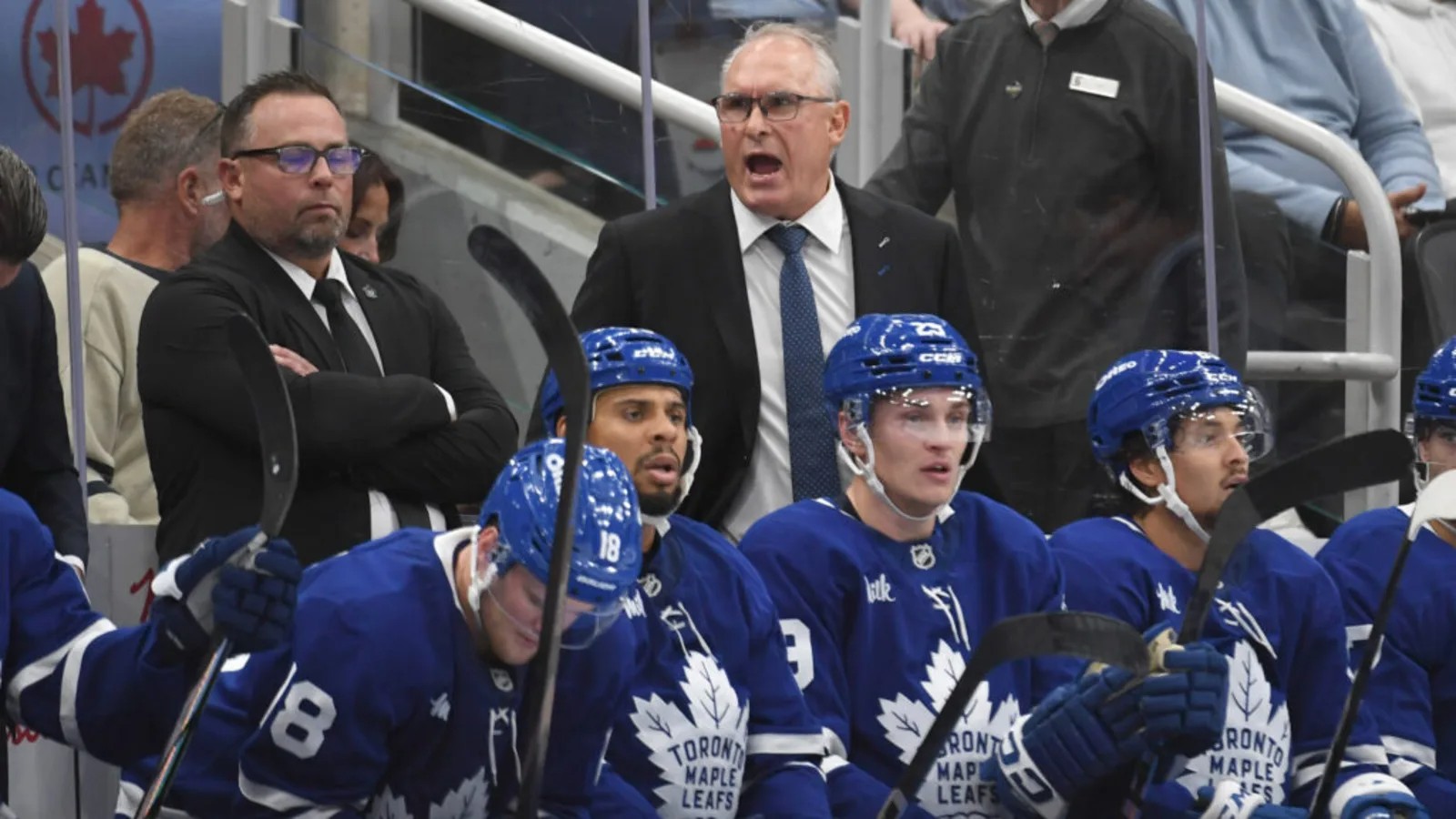
Last season, the Leafs were a mid-pack 5v5 team, but so far this season, they are trending toward a top 5-8 club.
| Metric | 2023-24 Season | 2024-25 Season |
|---|---|---|
| CF% (rank) | 50.96 (15th) | 51.73 (12th) |
| FF% (rank) | 51.37 (11th) | 52.49 (7th) |
| xGF% (rank) | 51.51 (11th) | 53.16 (7th) |
| GF% (rank) | 54.35 (7th) | 58.82 (6th) |
This is a massive (potential) improvement for the team. A significant predictor for playoff success is 5v5 play, and the Leafs are doing a better job of managing and controlling games instead of attempting to outscore all of their problems. It is much more boring, but it better positions them for playoff hockey.
The improvement is partly due to stylistic changes and partly due to personnel changes.
TJ Brodie and Timothy Liljegren, half of the team’s top-four defense from last season, are no longer on the roster. Brodie’s playing 15 and a half minutes so far on a mediocre Chicago team, and Liljegren was acquired by one of the worst teams in the league.
Those two have been replaced by Chris Tanev and Oliver Ekman-Larsson. Tanev is one of the best defensive defensemen in the league and has come exactly as advertised. OEL has added not only skill but also a sneaky physical and almost pest-like element to the team. In nearly every game, OEL has taken a run of some kind at an opposing player and gotten under someone’s skin. Both Tanev and OEL are excellent in transition and have played big roles in helping the Leafs get the puck up the ice more cleanly and consistently.
Up front, Brad Treliving didn’t really add any needle movers — although Max Pacioretty has been very good so far — but the big difference is the internal improvement of Matthew Knies. Last season, he was a rookie on the top line, playing alongside two superstars and putting up 15 goals and 35 points. Against top teams, there were growing pains in big head-to-head matchups, but Knies elevated in the playoffs, put on weight that appears to be all muscle over the offseason and is dictating play so far this season.
Systems-wise, Berube has tried to simplify the team’s game—more chipping pucks off the wall, quicker breakouts, and less regrouping. They are trying to establish more of a forecheck and cycle more offensively. Again, it’s not exactly fun and exciting, but they are forcing teams to come down the ice and beat them as a five-man unit rather than trading chances or forcing plays/committing bad turnovers, which good teams sat on and waited for in years past.
The Good: Penalty Kill

Last season, the Leafs ranked 23rd on the penalty kill at 76.9 percent. So far this season, they sit sixth at 86%. Now, 86% would have ranked second last season—which shows how volatile a small, early sample can be—but there is validity to their improvement.
Some of the reasons for the improvement relate to the factors outlined earlier in the piece. Last season, the Leafs ranked 25th in penalty-kill save percentage, a category in which they’re currently ranked seventh in 2024-25.
Beyond upgrading in net, Tanev is one of the better penalty killers in the league. Last season, we consistently flagged that the Leafs never fully replaced Justin Holl with a proper right-handed penalty-killing defenseman. They lacked righties for most of the season, and it further hurt them by forcing McCabe to play the right on the penalty kill, where he wasn’t nearly as effective. Now, the Leafs dramatically improved on Holl and have the added benefit of moving McCabe back to the left, forming a strong penalty-killing tandem.
A lot of the team’s other penalty killers are largely the same as last season. Their underlying numbers are only slightly better, ranking middle of the pack in terms of shot attempts against per 60 minutes and scoring chances against per 60 minutes. It’s not a suffocating penalty kill by any means, but defensemen in their proper spots and more consistent goaltending alone go a long way.
The Bad: The Bottom Six

The bottom six has been a perennial sore spot in the current era of Leafs hockey. So far this season, it’s no different.
Nick Robertson hasn’t taken a step so far this season, while Bobby McMann has been inconsistent. Both players represented the most room for growth in the secondary cast.
After a strong preseason, Pontus Holmberg has not been able to translate it to the regular season to this point, either. When Max Domi has been centering the third line, he also has been unproductive in that role (he’s pointless on the third line).
The obvious solution is one we always come back to—spreading out the team’s three best players across three lines. In Matthews’ absence, Marner was excellent with Domi as his center. Perhaps this opens up new possibilities for Berube.
Otherwise, players like Calle Jarnkrok and Connor Dewar are upgrades, but management must add to this group anyway.
The Ugly: The Power Play
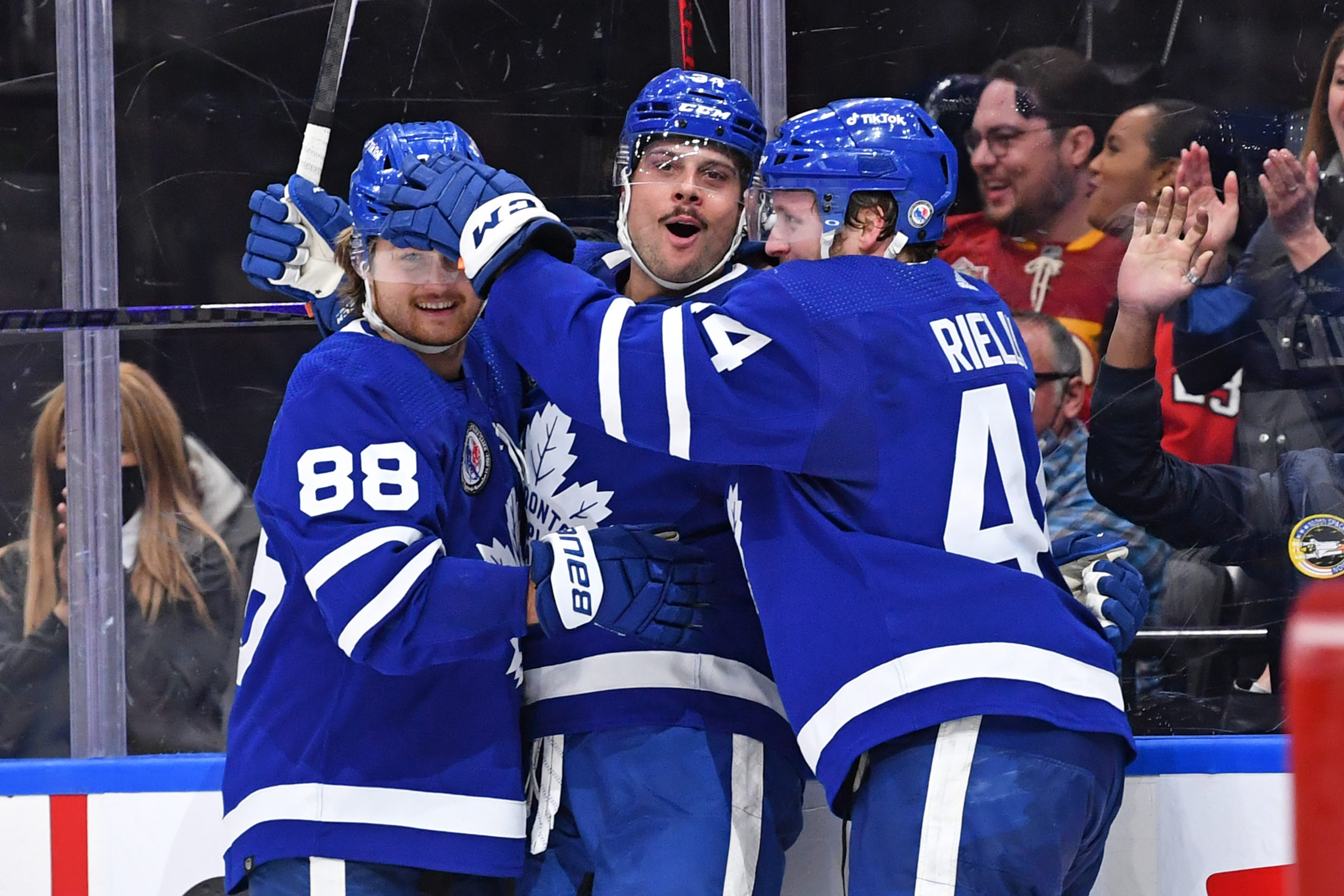
This is an obvious one, even though the Leafs have scored four power-play goals in their last two games.
The team is too talented to suffer from a downright bad power play all season, but they will need to be much better to return to elite production on the man advantage. The unit is struggling to consistently gain the zone, and once they do, it has been far too static. There are far too many occasions when the Leafs are all standing still, passing the puck around the perimeter and avoiding clear shooting opportunities.
I don’t think it’s a coincidence that it looked better the last few games — in the first, they ran five forwards with Nylander-Marner-Matthews up top, and in the second, Marner and Nylander were firmly half-wall players with Matthews out.
Before then, the power play showed signs of life when the coaching staff split up the units. When they have run Matthews, Marner, and Nylander with a defenseman up top, it has been awkward, often looking like three players who want to play on the half-wall with only two spots up for grabs. This is the same unit that has been successful for years — I’m sure they can eventually figure this out and make it work — but it has been bizarre to watch them looking so unsure as to who goes where and who does what.
***
We’re a month into the season, and there are genuine signs of improvement in key areas (the PK, 5v5 play, their defense overall, goaltending), in part thanks to what the new coaching staff is implementing.
Conversely, the power play will likely bounce back to some degree, but they will need to show a lot more to become 1) an elite regular-season power play and 2) a unit that can actually remain effective in the playoffs.
The bottom six has some reinforcements that should be coming relatively soon, but they need to find better combinations across their forward group, and even then, management will likely need to add outside help at some point before the trade deadline.






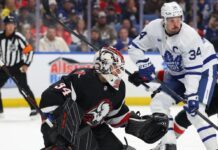


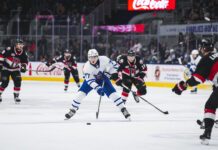




![John Gruden after the Leafs prospects’ 4-1 win over Montreal: “[Vyacheslav Peksa] looked really comfortable in the net… We wouldn’t have won without him” John Gruden, head coach of the Toronto Marlies](https://mapleleafshotstove.com/wp-content/uploads/2025/09/gruden-post-game-sep-14-218x150.jpg)







